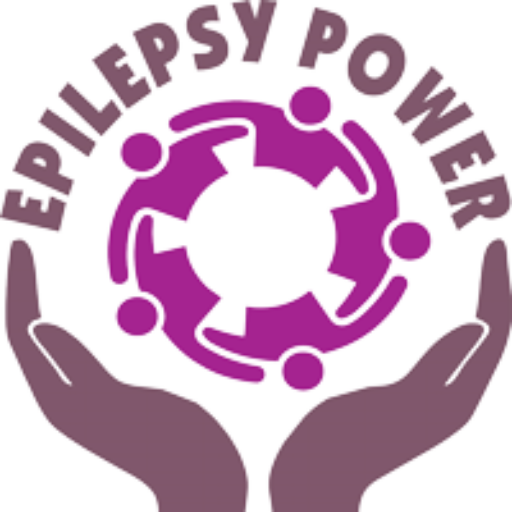- Introduction
- Section 1: Self-Promotion in Job Searching
- Section 2: Self-Promotion at Interview
- Section 3: Self-Promotion in the Workplace
- Concluding Remarks
- Quiz
Total Participants: 1
N. of issued certificate: 1
Building a Brand
The job search process can be overwhelming for anyone, but individuals with epilepsy may face unique challenges related to their condition.
You can read our module on job searching strategies here.
In a competitive job market, individuals with epilepsy can enhance their job prospects by establishing a strong personal brand. Personal branding allows individuals to showcase their unique strengths, skills, and expertise, which can help distinguish them from other candidates. This section explores how people with epilepsy can build a powerful personal brand that highlights their professional capabilities and resilience.
Personal branding involves crafting a consistent and authentic image of oneself that reflects professional values, achievements, and expertise.
For individuals with epilepsy, personal branding can serve as a powerful tool to challenge stereotypes and showcase their unique abilities. By identifying their strengths and passions, individuals can shape their personal brand to align with their career aspirations and overcome potential biases.
An essential aspect of personal branding is crafting a compelling elevator pitch—a concise and impactful self-introduction that effectively communicates one’s value proposition. This elevator pitch should emphasize strengths, experiences, and the ability to navigate challenges, including epilepsy, while highlighting relevant achievements and qualifications.
Exercise 1A: Create your Elevator Pitch for a Job Interview
In the template below, draft an elevator pitch which you could use at the job interview when asked to tell the interviewer about yourself.
Write just one sentence to address each of the headings:
- Brief personal introduction
- Brief summary of past/current work
- Outline of career goals
- Why you are the right fit for this job
Challenge: Try to disclose your epilepsy here with a positive spin!
In total, your pitch should not take more than 30 seconds to read aloud.
Example 1:
Intro: Hello. I am Anna. I grew up in Madrid, Spain – but I moved here to Brussels five years ago to take up the role of Head of Policy at the European Multiple Sclerosis Platform. |
Experience: In fact, I have worked for the past 10 years in the field of policy advocacy for people living with neurological disorders. |
Goals: Building on this experience and expertise, I would now like to move into an international role in a field that is close to my heart. |
Why me and epilepsy: As a person with epilepsy, I believe my lived experience ensures that I have both the personal and professional knowledge to make this role my own. |
You can now complete the template overleaf…
Intro:
|
Experience:
|
Goals:
|
Why me and epilepsy:
|
Creating a Network
Networking plays a crucial role in the job search process, and individuals with epilepsy can benefit from connecting with disability-specific career support groups, epilepsy support organisations, and local support services. These networks can provide valuable insights, mentorship, and job leads tailored to the needs of people with epilepsy. Many may also offer training and capacity building to support the person with epilepsy in self-promotion.
However, this module aims to look beyond searching for job suitable opportunities and will focus on self-promotion.
Therefore, people with epilepsy should not only see engagement with the above organisations as a means to gather information, they should also look for opportunities to volunteer and engage in their activities; building experience that will ensure the person with epilepsy can stand out from the crowd during any job search.
In addition, building a strong online presence is a crucial component of personal branding in the digital age. Creating and maintaining a professional LinkedIn profile, establishing a personal website or blog, and engaging in industry-related discussions on social media platforms can enhance visibility and attract potential employers.
It’s a personal decision as to whether you disclose your epilepsy across your social media platforms, such as LinkedIn.
The focus, when job searching, should always be on your personal and professional competencies to do the job. However, disclosing early can give you a real sense of how accommodating a potential employer may be, and to ensure any reasonable accommodations required can be discussed from the outset.
If you do decide to do so, do it confidently and use it to your advantage. For example, can you showcase adaptability or resiliency?
The exercise below is designed to explore how you can disclose your epilepsy, whilst self-promoting.
Exercise 1B: Create your Elevator Pitch for a Social Media
If you don’t already have a LinkedIn Page, set one up now.
If you do, take a look at your profile and assess whether it is capturing your personal brand.
In the section below, draft/update your LinkedIn Summary of 200-300 words (‘About’).
When writing your summary, write it like a story (rather than a list) and try to capture:
- Who you are and what you love
- Your current work (volunteer activity, etc.)
- Your past work (volunteer activity, etc.)
- Successes
- Life outside of work
- What you want to do
Challenge: Weave your epilepsy into this story
ABOUT:
